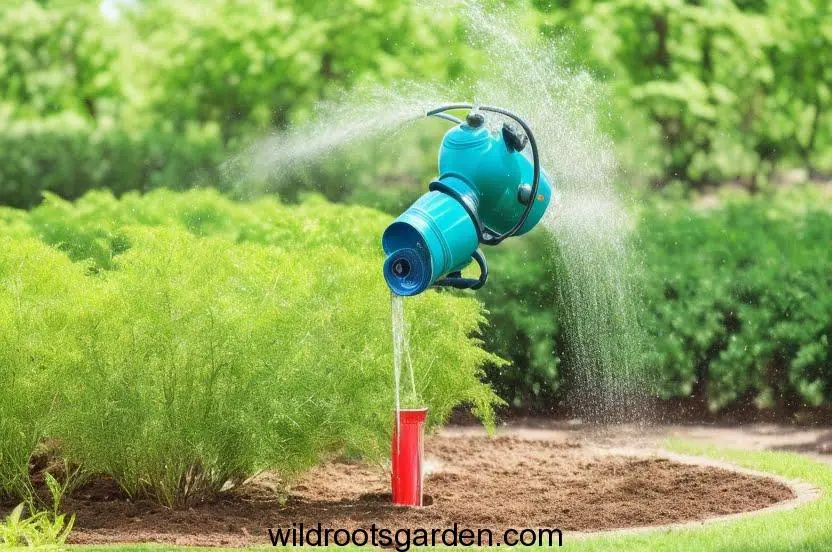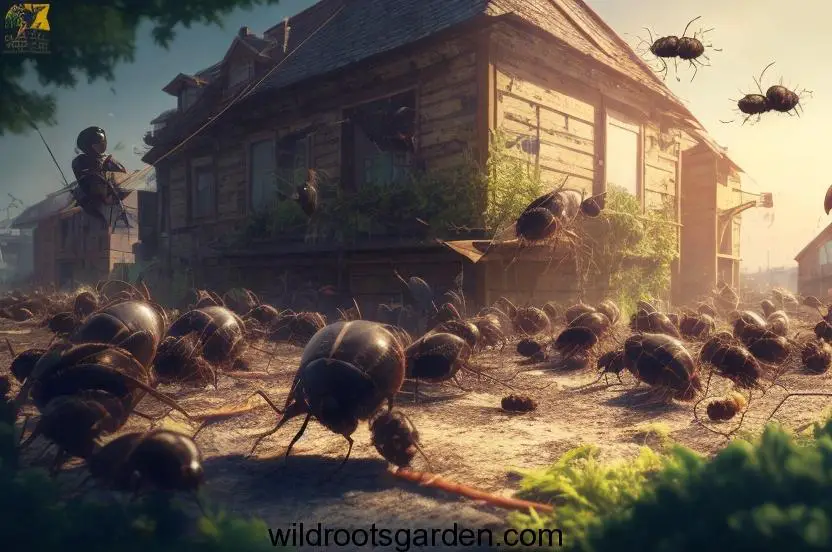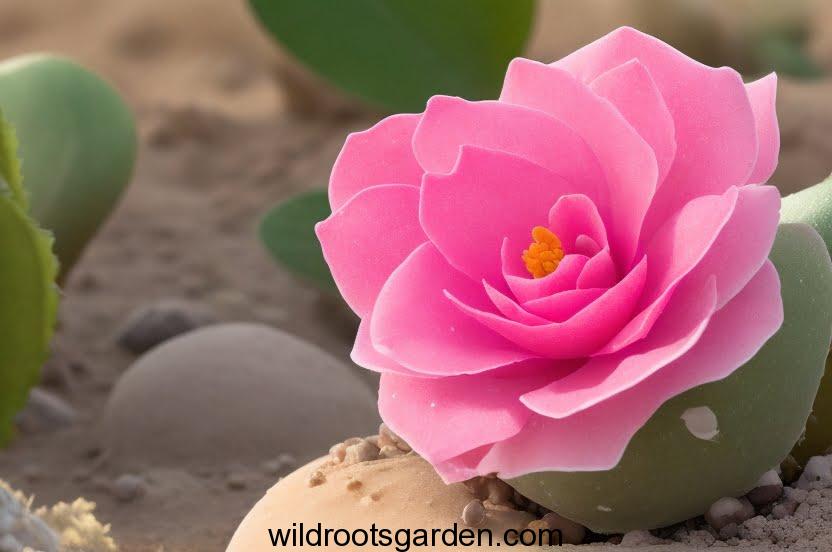Why Is My Desert Rose Squishy? This in-depth article explores the causes of this widespread problem. We address everything, from pests to overwatering. Get advice from experts to maintain the health and happiness of your desert rose!
If you are the proud owner of an Adenium obesum (desert rose), you may have discovered a strange issue: when you touch your cherished plant, it feels squishy. Although the desert rose is renowned for its breathtaking beauty and toughness, this condition may worry any grower. But don’t worry! We will examine the causes of this problem and give you the information you need to fix it in this in-depth, instructive post. Let’s solve the riddles of your desert rose’s spongy nature so it can flourish in all its splendor.
Why Is My Desert Rose Squishy? – Unraveling the Causes:
1. Overwatering Woes:

Overwatering is one of the most frequent causes of a floppy desert rose. These plants have strong stems and roots that store water, making them adaptable to dry regions. Their tissues get engorged when they receive too much water, making them feel soft and squishy. By allowing the soil to dry out between waterings, you may prevent drowning your desert rose.
2. Root Rot Concerns:
Moreover, excessive watering might cause root rot, a more serious issue. The roots are more prone to fungal infections that lead to deterioration when they are frequently wet. The entire plant may appear limp and spongy as the roots begin to lose their function. Use a well-draining potting mix and maintain sufficient drainage to avoid root rot.
3. Lack of Sunlight:
Desert roses prefer direct sunlight to survive. Insufficient light exposure can weaken the plant and make it more vulnerable to problems, such as a spongy feel. Place your desert rose in an area that gets at least 6 to 8 hours of direct sunlight each day.
4. Pest Infestation:

Any plant can suffer from insects and other pests, and desert roses are not an exception. The plant tissues can be damaged by aphids, mealybugs, and spider mites, which can make the plant feel squishy. Periodically check your desert rose for pests, and act quickly if you do.
5. Nutrient Deficiencies:
Any plant needs the right nutrition to develop as well as it possibly can. The desert rose can become flimsy and weak if it is deficient in vital nutrients like nitrogen, potassium, or iron. If you want to make sure your plant gets the nutrients it needs, think about applying a balanced fertilizer.
6. Temperature Extremes:
Desert roses like warm climates and can become harmed by frost or cold draughts. Severe temperature swings can strain the plant and make it appear mushy. To keep your desert rose healthy, shield it from inclement weather.
7. Disease Incidents:
Your desert rose’s health may be impacted by certain conditions, like bacterial or fungal infections. These illnesses could make a plant wilt, wilt, and feel mushy. To stop future damage, early detection, and prompt treatment are essential.
8. Pot Size Matters:

Your desert rose’s health may also be influenced by the size of the pot it is in. If the pot is too tiny, it can limit root development and water absorption, which would result in squishiness. If your desert rose shows signs of being root-bound, transplant it into a little bigger pot.
9. Water Quality:
The health of your plant may be impacted by the water you use. Water with high salt or chemical concentrations may have a mushy texture due to tissue damage and nutrient imbalances. Use filtered or rainwater to stay clear of these problems.
10. Dormancy Periods:
Desert roses naturally go through phases of dormancy, during which they could seem softer and less vivacious. For their total well-being, it is crucial to comprehend and appreciate these dormant intervals.
Caring for a Squishy Desert Rose:

It’s time to take action and nurture your plant back to health once you’ve determined what’s causing your desert rose to be mushy. Here is some crucial maintenance advice:
- Adjust watering: Allow the soil to dry out before watering your desert rose again. Stick your finger about an inch into the soil; if it feels dry, it’s time to water.
- Improve drainage: Ensure your pot has drainage holes and use a well-draining potting mix to prevent waterlogged roots.
- Provide adequate sunlight: Place your desert rose in a sunny spot to encourage healthy growth.
- Pest control: Regularly inspect your plant for pests and treat them promptly using organic or chemical solutions.
- Fertilize wisely: Use a balanced fertilizer to provide essential nutrients without overfeeding.
- Protect from extreme temperatures: Shield your desert rose from cold drafts or frost, especially during winter months.
- Maintain proper pot size: Repot your plant into a slightly larger container if it has outgrown its current pot.
- Monitor water quality: Consider using filtered or rainwater to prevent water-related issues.
- Be patient during dormancy: Respect your desert rose’s natural dormant periods and avoid unnecessary intervention.
FAQs About Squishy Desert Roses:
Q: Can underwatering also cause a squishy desert rose?
A: No, underwatering usually causes a shriveled appearance in desert roses rather than a squishy texture. If your plant feels squishy, it is more likely due to overwatering.
Q: Should I prune my squishy desert rose?
A: Pruning can be beneficial if the squishy parts are a result of disease or pest damage. Trim away the affected areas to encourage new growth.
Q: How often should I fertilize my desert rose?
A: During the active growing season, fertilize your desert rose every 2-4 weeks with a balanced fertilizer at half strength.
Q: Can I use tap water for my desert rose?
A: It is best to use filtered or rainwater, as tap water may contain high levels of chemicals and salts that can harm the plant.
Q: Are desert roses poisonous to pets?
A: Yes, desert roses are toxic to pets and should be kept out of their reach.
Q: Should I report my desert rose immediately if it feels squishy?
A: Repotting should be done judiciously. First, identify the cause of squishiness and address it accordingly. Repot only if the plant has outgrown its current pot or if root issues persist.
in conclusion, Owning a desert rose can be a rewarding experience, but it comes with its challenges. If you’ve ever wondered, “Why is my desert rose squishy,” this article has shed light on the various reasons behind this condition. Remember that understanding your plant’s needs and providing appropriate care is vital for


